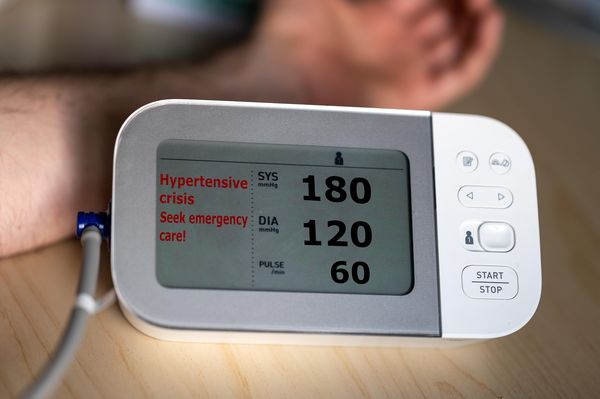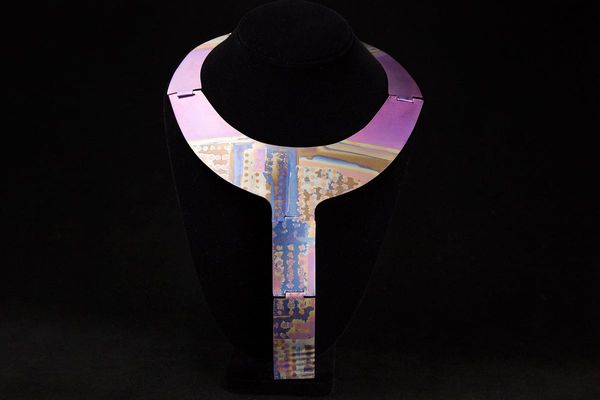
F1 chiefs have been clear for a while now that one must-do element of new rules for 2026 is dropping car weight.
While work continues on the all-new active aerodynamics that will be needed to complement the latest generation of F1 turbo hybrid engines, an over-arching desire to change the trend for ever-heavier cars has emerged.
Speaking to Motorsport.com last month, the FIA’s head of single seaters Nikolas Tombazis pointed out that a 50kg reduction target had been set – which would include a change to F1 wheel size.
"With the dimensions of the wheels, which will be narrower, plus with the rear wing and the car in general, we aim to reduce the weight of the cars by around 50kg," he said.
"So, it will be possible to see smaller single-seater cars: shorter and narrower. But we are talking about solutions that still need to be discussed.
"With the car on a diet, we will be able to reduce the cornering speeds a bit. Being lighter, they will go faster in a straight line, but will generate less aerodynamic load. So, we will need to increase the hybrid's energy recovery to ensure adequate lap performance."
Digging deeper into his words, it is possible to get a rough idea of the vision for the F1 2026 generation of cars.
There is talk of the wheelbase being trimmed back by 20cm (from 3600mm to 3400mm), with the width being reduced by 10cm (from 2000mm to 1900mm). This would still be wider than the narrow cars of 2016 which were just 1800mm wide.
But the discussions around wheel size being narrower is intriguing , because tyres being reduced from their current width (the front slick is 305mm wide, while the rear is 405mm) would have performance implications.

Narrower tyres will help reduce drag, which is one of the areas where F1 wants to push hard because of the drop in power that is anticipated from the 2026 power unit regulations.
However, being less wide, there is a smaller tyre footprint of rubber on the track for cornering, which translates to less mechanical grip and therefore a drop in performance.
Perhaps a better way, which is being evaluated, would be to change tyre size entirely and move away from the 18-inch wheels that have been a part of F1 for the ground effect era. The change in tyre size for 2022 was estimated to have added an extra 14kg in weight to the cars – mostly because of the increased rim size.
A return to the 13-inch wheels that were common until 2021 is not thought to be on the cards, but a good compromise could be 16-inch wheels.
F1 chief technical officer Pat Symonds told Auto Motor Und Sport recently that the 50kg weight reduction was perhaps a tad optimistic – with a 20kg reduction much more realistic.
One way that the slimming down of F1 car weight could be helped a lot would be the move to smaller tyres, with it understood that the 16-inch wheels are being seriously considered.
The smaller wheels would not only be lighter, but would help offer a new aesthetic to the cars which are expected to look quite different to the current generation of ground effect challengers.
While F1 chiefs are looking at ways to bring the car weight down, there is a view among technical figures that matters should be more left to the teams.
Speaking about F1’s growing weight problem earlier in the year, Mercedes technical director James Allison said: “It isn't super trivial to get the weight moving in the other direction, but it is particularly tricky to dream up technical rules that are going to make the car much lighter.
"The way to make it lighter, I think, is to lower the weight limit and make it our problem. If cars are over the limit, then it forces us all to make some fairly difficult decisions about what we put in our cars and what we don't.
"Not everyone agrees with that point of view. But that is I think the most guaranteed way to put downward pressure on the weight of the car."








